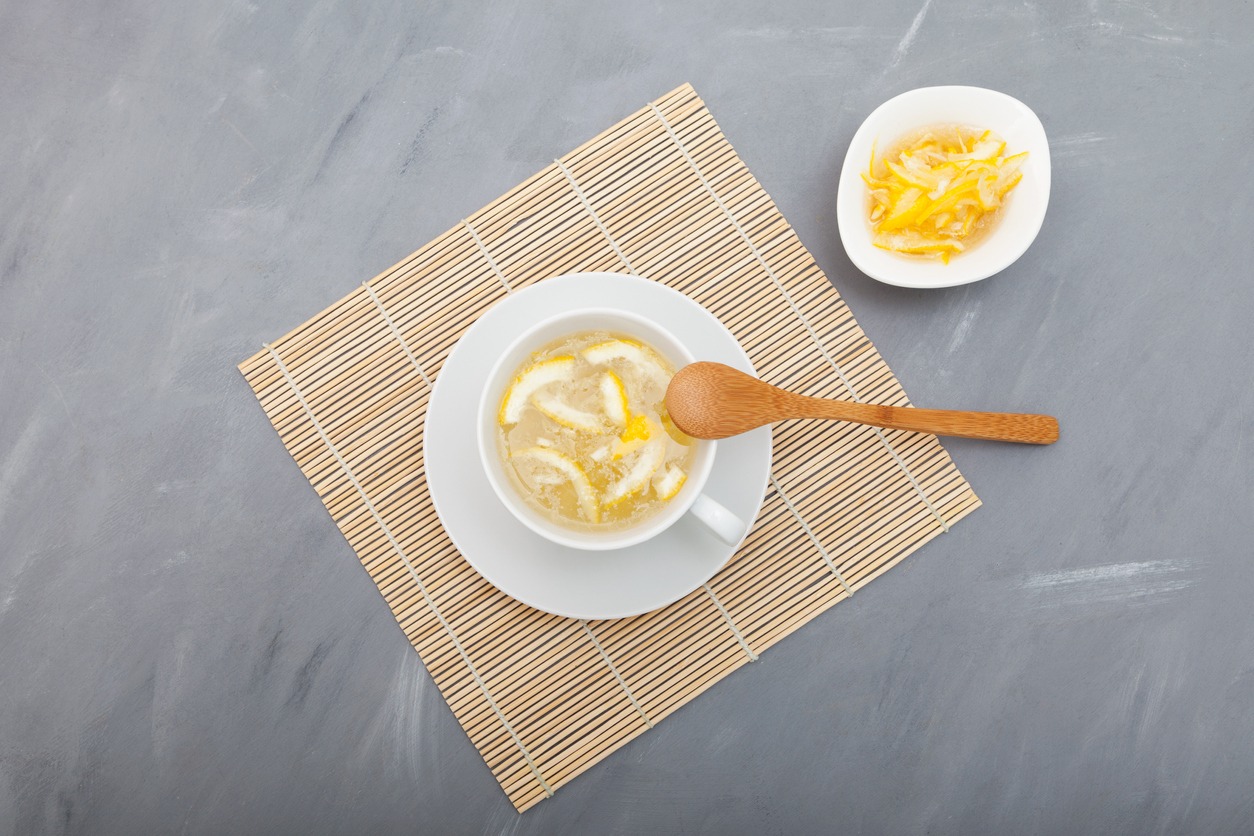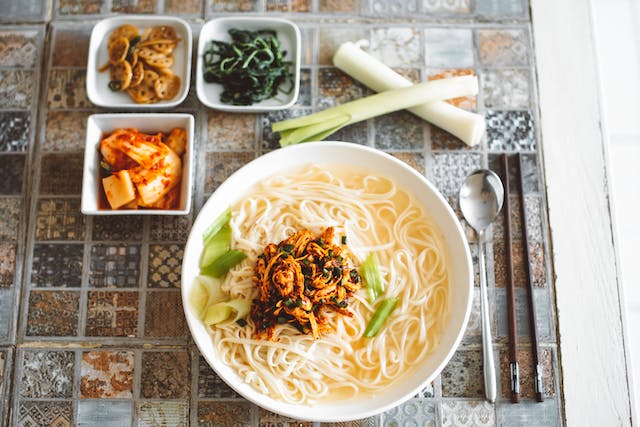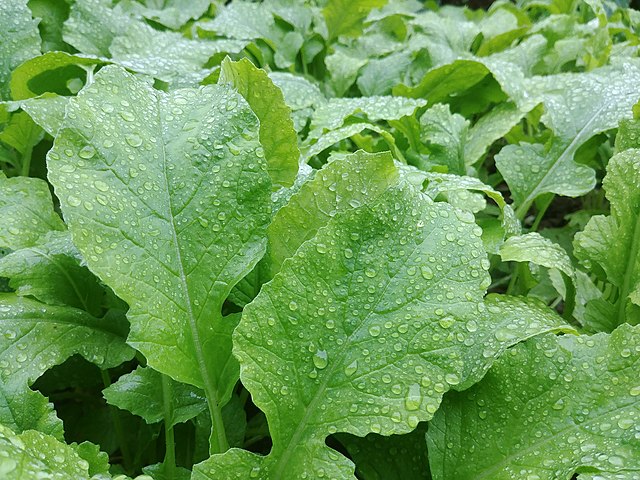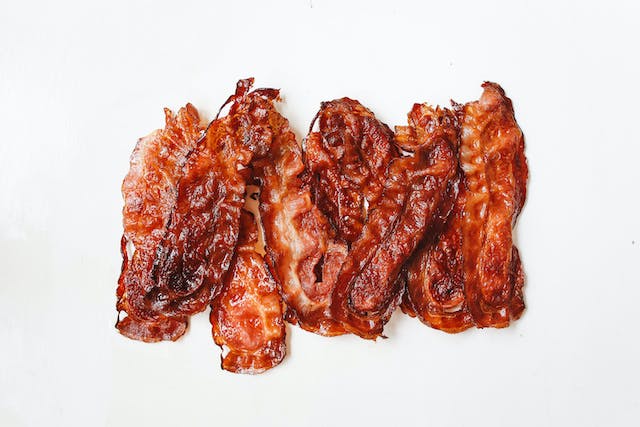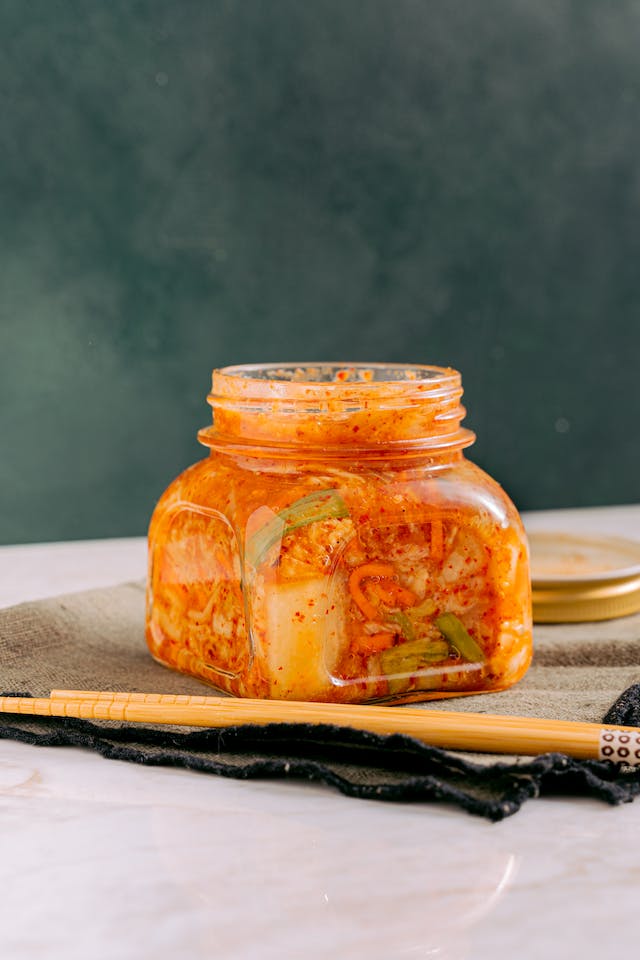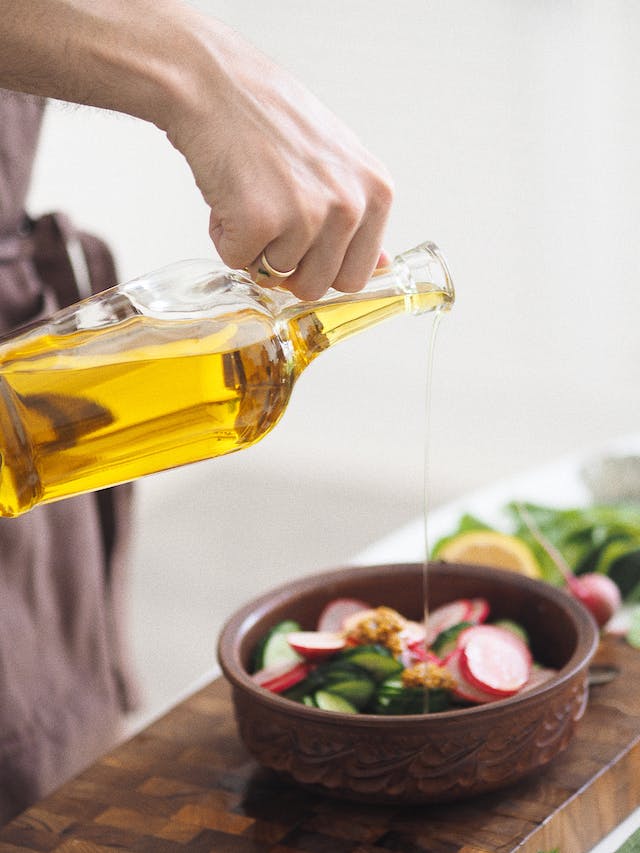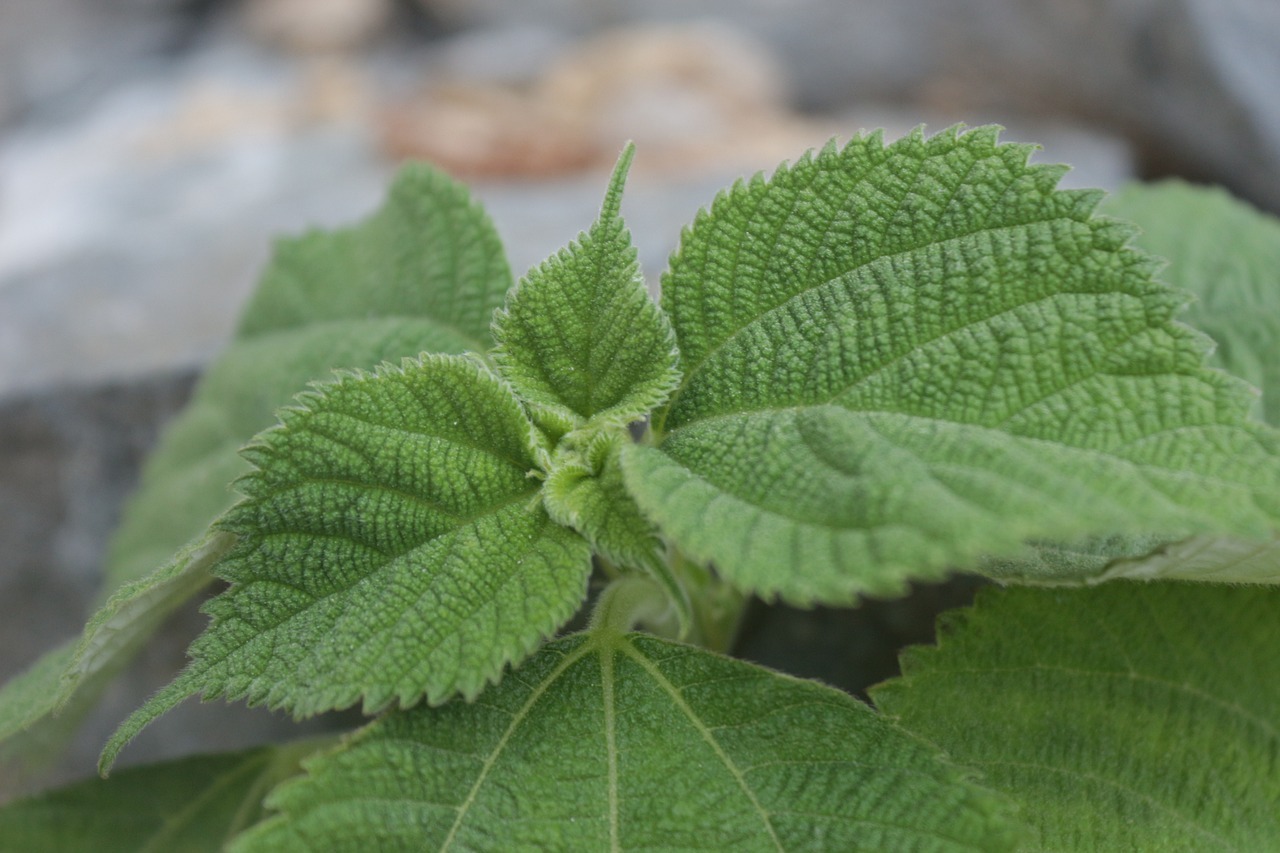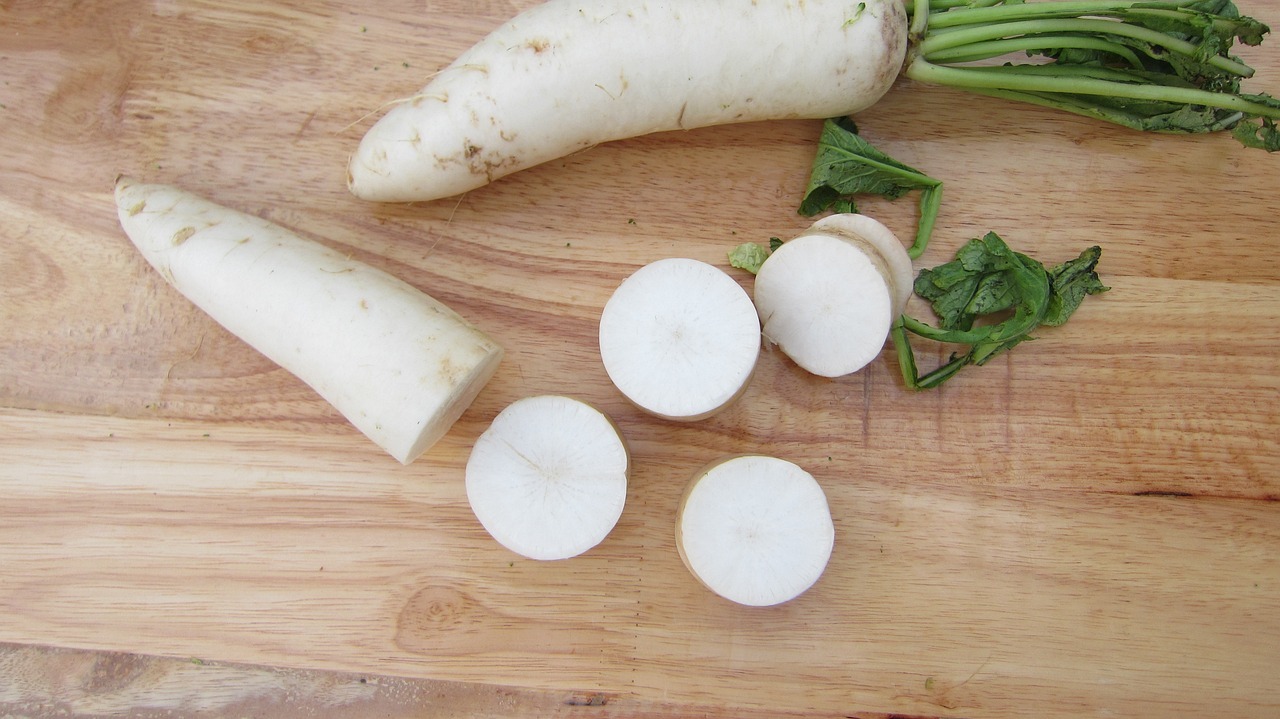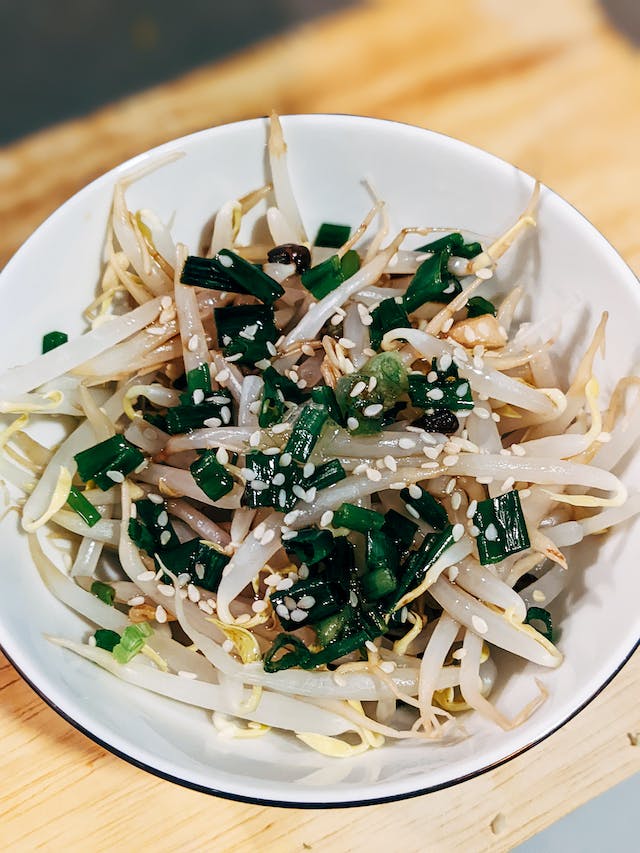Yujacha
유자차 Yujacha is a “tea” made from a marmalade-like syrup of yuja fruit and honey. Yuja fruit is often misinterpreted as citron, but they are two separate fruits. Yuja is believed to be a hybrid of sour mandarin and ichang papeda. It has an uneven skin and resembles a small grapefruit in … Read more
